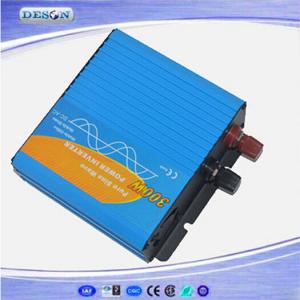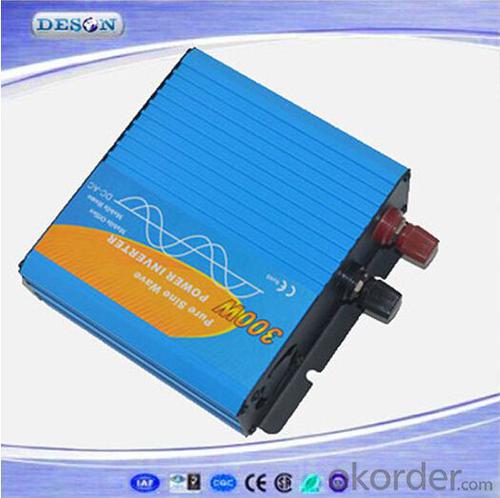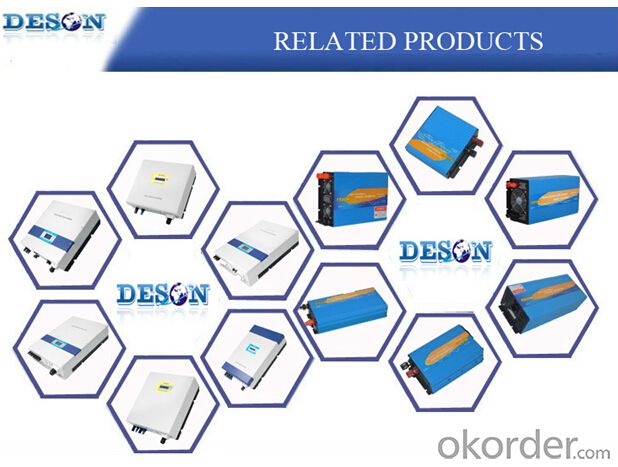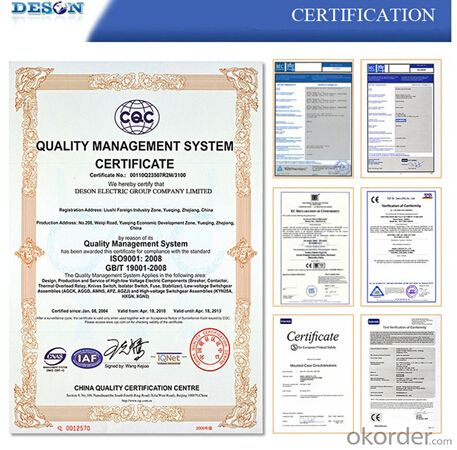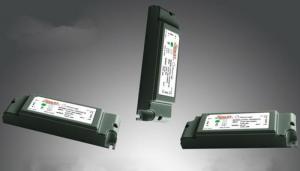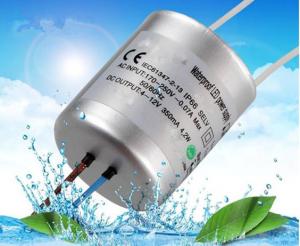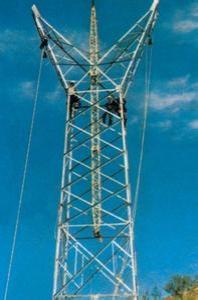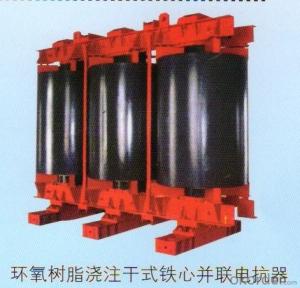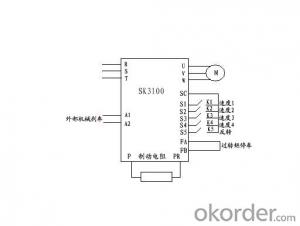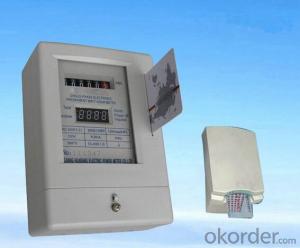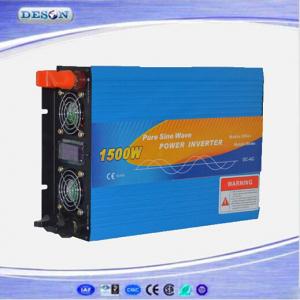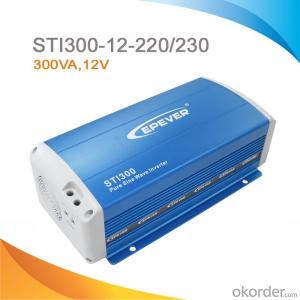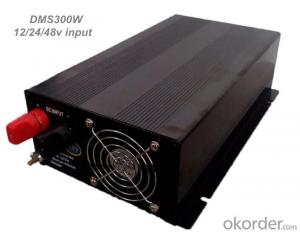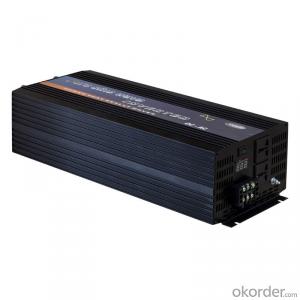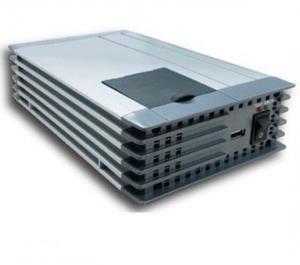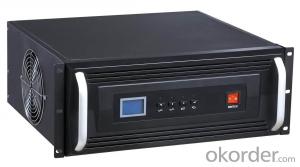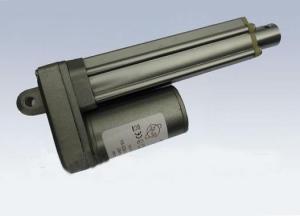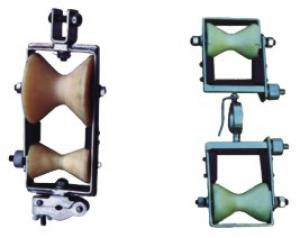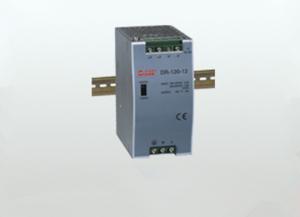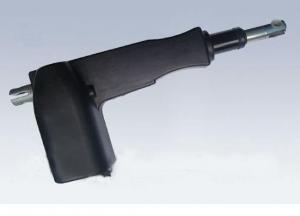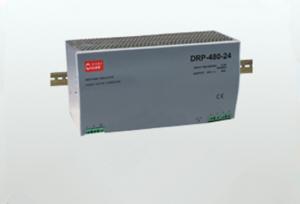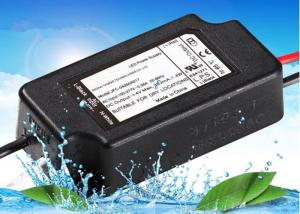Solar Pure Sine Wave Power Inverter 12V/24/48VDC to 110V/230VAC 300W
- Loading Port:
- China Main Port
- Payment Terms:
- TT or LC
- Min Order Qty:
- -
- Supply Capability:
- -
OKorder Service Pledge
OKorder Financial Service
You Might Also Like
1. Structure of Solar Pure Sine Wave Power Inverter 12V/24/48VDC to 110V/230VAC 300W Description
It is a photovoltaic (PV) system interacting with the utility, with or without batteries, that uses a relatively new breed of inverters that can
actually sell any excess power produced by your solar array back to the utility grid. If you are concerned at all about your utility rates going up
and would like to do something to reduce your monthly electric bill, then a grid-tie solar system may be just the thing for you. These systems
are easy to install and since some do not have batteries for back-up, the lack of batteries in these systems means no messy maintenance or
replacements to worry about. The solar modules can be mounted on your roof or out in the yard, where they sit quietly generating power from
the sun that you can either use directly or sell back to the utility company.
2. Main Features of Solar Pure Sine Wave Power Inverter 12V/24/48VDC to 110V/230VAC 300W
•.Power ON-OFF switch
•.High surge power up to 600W
•.Output voltage regulation : ±10%
•.Output waveform : Pure sine wave
•.Cooling fan ON-OFF control
•.Protections : Bat.Low alarm/Bat.Low shutdown/over voltage/over tem./output short/Input polarity reverse/Over load
•.CE LVD
•.2 years' warranty
3. Solar Pure Sine Wave Power Inverter 12V/24/48VDC to 110V/230VAC 300W Images
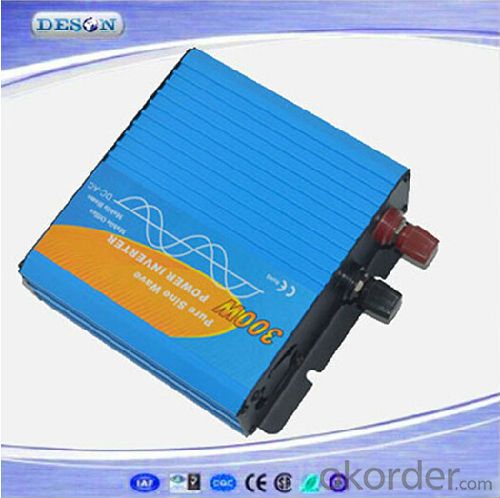
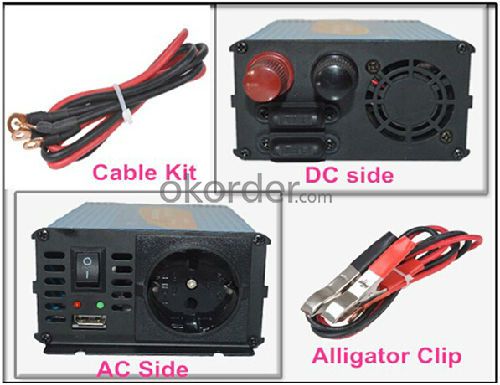
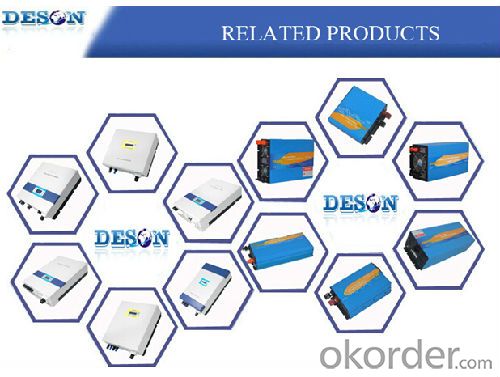
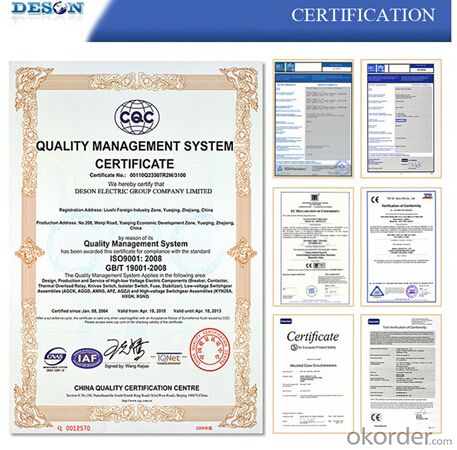
4. Solar Pure Sine Wave Power Inverter 12V/24/48VDC to 110V/230VAC 300W Specification
Model | DS-300P |
Output Waveform | Pure Sine Wave |
Continuous Power | 300W |
Peak Power | 600W |
Input Voltage | 12V/24V |
Voltage Range | 10.5-15VDC/21-30VDC/42-60VDC |
Output Voltage | 110V/120V/220V/230V/240V AC |
Frequency | 50Hz/60Hz |
Fuse | 35A*1/12V , 20A*1/24V , 10A*1/48V |
Low Alarm | 10.5±0.5V / 20±1V / 40±1V |
Over Voltage | 15±0.5V / 30±1V /60±1V |
No Load Current Draws | <0.3A |
Cooling fan | Temperature and load controlled |
USB | 5V,500mA |
Fuse | External |
Dimensions | 130*150*70mm 1.2±0.2KGS |
Packing | 435*370*370mm 15.5KGS/12PCS/Carton |
Protection Function | Low voltage alarm |
Low voltage shut down | |
Over input voltage | |
Over temperature | |
Over load | |
Short circuit protection, Reverse Polarity (Fuse) | |
LED Indicator Light | Inverter, Fault |
Application | Automobiles, RVs, Boats, tractors, trucks,Laptops, TV sets, Video Games, CD Players, DVD Players, Power tool, Office Equipment, Major Household Appliances, etc. |
Environment | Operating temperature: -10°C~+50°C |
Operating relative humidity: 20%~90%RH non-condensing | |
Storage temperature: -30°C~+70°C | |
Cooling Fan automatically run: inner temperature rising up is:≥45°C |
5. FAQ of Solar Pure Sine Wave Power Inverter 12V/24/48VDC to 110V/230VAC 300W
Q1:Can we visit your factory?
A1:Sure,welcome at any time,seeing is believing.
Q2:Which payment terms can you accept?
A2:T/T,L/C,Moneygram,Paypal are available for us.
Q3:How to guarantee the Quality of the products?
A3:We have established the international advanced Quality management system,every link from raw material to final product we have strict
Quality test;We resolutely put an end to unQualified products flowing into the market. At the same time, we will provide necessary follow-up
service assurance.
- Q: I bought a used printer but it did not have the power cable with it, but I have an old power cable from another printer. The only visble difference in the cables is that the colorful end that goes into the printer has a plastic notch on it that is in a different spot. My old one has the notch in the middle where is I need it off to the left. Can't I just shave the notch off and have it fit?
- It's hard to say. Electrical equipment and parts are made for a specific reasons. Now, if you modify the power cable, it's possible that it may work. But, then again, there is also the possibility that it could do more damage than good. It will totally be your call.
- Q: I have some basic questions about SketchUP and AutoCAD.I'm totally new to 3D software and was planning to enroll in an AutoCADcourse before I found SketchUP and found out some self training with thefree tutorials might give me some good handicap before I go to the more advanced stage.My question is : Is it possible to transfer without any issue (bugs, etc.) a 3D file from SketchUP to Autocad and continue the work in AutoCAD, or vice-versa?What would be the best way for someone like me (that knows almost nothing) to get started?andwhat would be the best figures to start drawing for someone who eventually plans to design mainly electrical heavy equipments?Thanks a lot.
- Yes, it is possible to transfer Sketchup files to AutoCAD. You will need to purchase the Pro version of Sketchup though. In my experience its best to always draw in the native program you intend to use. Something always gets lost or confused during any translation. Free Sketchup can import AutoCAD files, but not export them. AutoCAD cannot import Sketchup files. In my opinion Sketchup is really great for quick models artistic renderings. Sure you can spend a lot of time getting the model perfect but it will always look artistic, never real. My advise. Inroll in some AutoCAD training classes, buy some books, get the manual if possible, or at least consult the Help menu within AutoCAD(There are tutorials available within the Help menu also).
- Q: I quest it will be a big surprise to everybody. a) He will make a big party on earth. b) It will be a new beginning. c) It is the end of the happy moment on earth.
- Do you know what EMP is? One nuclear bomb, exploded about four hundred miles in the upper atmosphere, and every piece of electrical equipment within a thousand mile radius gets fried. No more phones, no more internet, no more cars, no more electricity, or television or radio or refrigeration. Are you ready to have your world rocked? Before He returns, this world is going to experience the most terrible times the earth has ever seen, and it has seen some pretty dire times. 21 For then there will be great distress, unequaled from the beginning of the world until now—and never to be equaled again. 22 If those days had not been cut short, no one would survive, but for the sake of the elect those days will be shortened. 23 At that time if anyone says to you, ‘Look, here is the Christ!’ or, ‘There he is!’ do not believe it. 24 For false Christs and false prophets will appear and perform great signs and miracles to deceive even the elect—if that were possible. 25 See, I have told you ahead of time. 26 “So if anyone tells you, ‘There he is, out in the desert,’ do not go out; or, ‘Here he is, in the inner rooms,’ do not believe it. 27 For as lightning that comes from the east is visible even in the west, so will be the coming of the Son of Man. Matthew 24:21-27
- Q: Can you actually save a decent amount of money by unplugging things like cable boxes, microwaves, etc.?I've taken to shutting things down when I leave for work, but there's really no way I'll be able to determine how much I'll save. If it's not significant enough I'd rather not bother - waiting for the cable to reboot is a pain!We have two cable boxes with associated TVs and DVDs that get shut down along with our clean air machines. Is it worth it?
- very much so! For every Little bit of inconvenience to disconnect every electrical component you can think of, will benefit you greatly. i had a surveyer come out to determine why my light bill was so much and he disclosed just that, too many things plugged in that I don't immediately need. In fact, I have a clean air machine as well and he said they pull more electricity than many other components, nor does a ceiling fan. But one last bit of info. is anything that has a light on it when not in use is drawing electric currents.
- Q: a small fire that is at the outlet
- CUT THE ELECTRIC SOURCE OFF BREAKER MAIN POWER SWITCH THEN USE WATER .OR CALL THE FIRE DEPT.
- Q: How can I get a claim from the power company for damaged electrical equipment caused by a power surge?
- I have actually heard of that working in my home town, but it would vary with areas and power companies. Call your power company and ask. Be prepared to submit your damaged equipment and sales receipts.
- Q: i replaced my home theater system thinking it was busted but when i recieved my new one it still had the same buzzing sound i noticed the buzz is in the bedroom too
- It sounds like somewhere in your electrical you either have a bad ground, or there is a florescent lamp or some other piece of electrical equipment causing the noise. Surge protectors will only help with an electrical surge, a power conditioned is what is used to remove noise from electrical lines. Check the different electrical equipment in the house by turning things off or unplugging them and check if the noise goes away, if not it could be in your electrical system or some kind of outside interference. If you still issues purchase a surgex power conditioner and that should take care of your issue.
- Q: i would like to know more about the functions of this room. What is the role of this room in electrical distribution in a building? What i know,an electrical components need to get through this room such as for lighting+ac, power socket, and essential power.
- A riser room is where the electrical distribution equipment ( Switchgears and Panels) that supplies the electrical systems of the building is located. Electrical conduits that feed the various equipment, A/C units and sub panels and fire pumps originate here.
- Q: Hi everyone!I'm currently enrolled in an electrical engineering course and I like it a lot, I just don't like the computer aspect. I actually really hate computers. I'm more of the other spectrum like the hands-on mechanical side. However i don't purely want to do mechanical engineering cause i do like electronics. is there a meeting point? should i major in electrical and minor in mechanical? or major in mechanical and minor in electrical?to make things worse i've always had an interest in biomedical enigineering but the biomechanics track. I'm not enrolled in that because i heard that its hard to find jobs in that field since it's still developing.opinions? advice? anything is appreciated:)thanks!
- Well, with a mechanical engineering degree, you can do almost any other engineering discipline, granted you get a little more education in it too. Mechanical engineering is the broadest of the three fields you mentioned above; I've heard of of some mechanical engineers working in the medical device industry, so I would suggest mechanical. Electrical, on the other hand, is a whole other ball game. It deals with circuits and electrical devices,programming, etc. If electricity and magnetism from physics interested you, then I suggest looking into electrical engineering.
Send your message to us
Solar Pure Sine Wave Power Inverter 12V/24/48VDC to 110V/230VAC 300W
- Loading Port:
- China Main Port
- Payment Terms:
- TT or LC
- Min Order Qty:
- -
- Supply Capability:
- -
OKorder Service Pledge
OKorder Financial Service
Similar products
Hot products
Hot Searches
Related keywords
